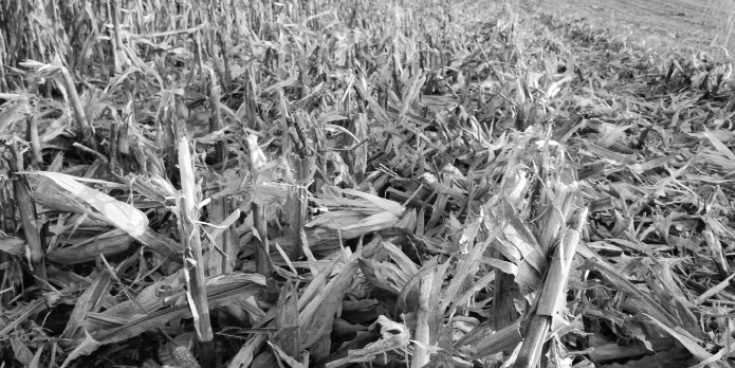No-Till Farmer
Get full access NOW to the most comprehensive, powerful and easy-to-use online resource for no-tillage practices. Just one good idea will pay for your subscription hundreds of times over.

After harvest is over, there are several things no-tillers should evaluate in their fields to fine-tune their management practices for next year.
Combining some after-harvest scouting with analysis of yield maps will help you understand where management or equipment changes may be needed. Scouting can help you determine which fields have opportunities for improvement, why yields were particularly high or low or why yields weren’t uniform in certain areas.
If you have a yield monitor, start by printing out yield maps for each field to help you choose which field areas to scout. As you head out to those fields, there will be several things to keep in mind.
Uniform stands mean higher yields, so after harvest it’s a good time to take a final stand count from the stubble and look at stand uniformity.
Look for any patterns in stand irregularity to identify what might have caused a lack of uniformity. If the stands and uniformity aren’t up to expectations, think about changes you might need for your planting equipment this winter, or if simple adjustments may correct the problem.
Historical Residue Levels. After harvesting corn and soybeans, you should compare the residue buildup from 2010 and previous years to assess how well you managed residue. Considerations for residue management include:
1 Spreading residue evenly and across the full width of the harvest swath
2 Using aggressive rolls — usually with knives for no-till
3 Harvesting only as low to the ground as necessary to capture all…